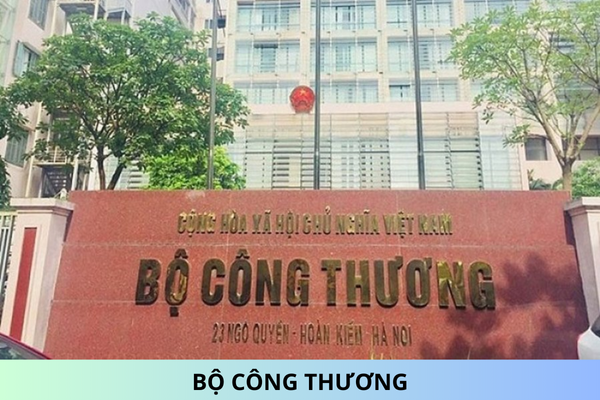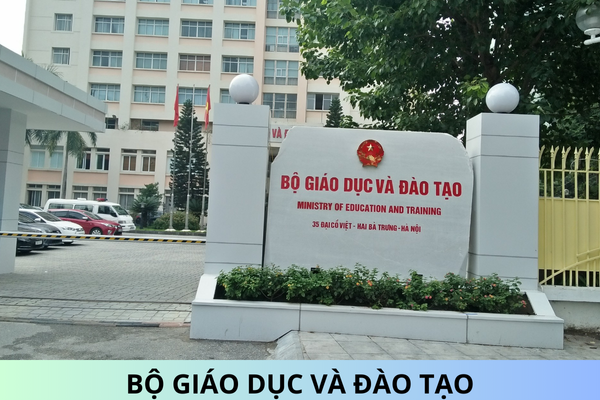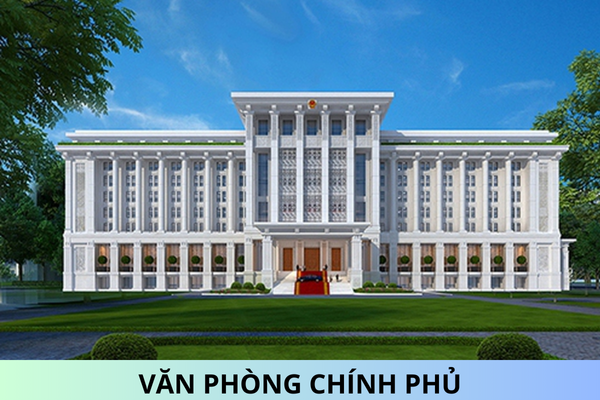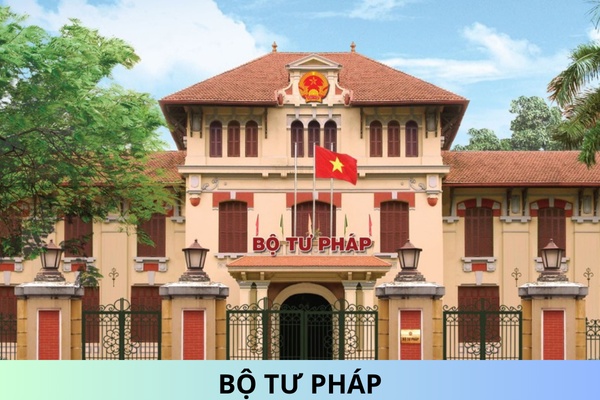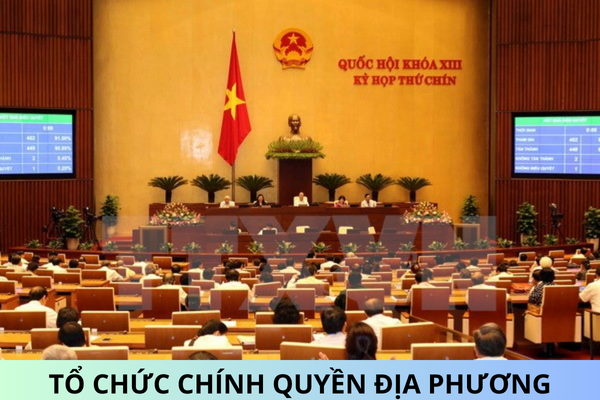56 new commune-level administrative units of Hanoi after the reorganization of the 2023 - 2025 period
56 new commune-level administrative units of Hanoi after the reorganization of the 2023 - 2025 period
At the 39th session of the National Assembly Standing Committee, Resolution 1286/NQ-UBTVQH15 was passed regarding the reorganization of commune-level administrative units in Hanoi for the period 2023 - 2025.
After the reorganization of commune-level administrative units, Hanoi City consists of 30 district-level administrative units, including 12 districts, 17 counties, and 01 district-level town; 526 commune-level administrative units, including 160 wards, 345 communes, and 21 commune-level towns.
Article 1 of Resolution 1286/NQ-UBTVQH15 in 2024 stipulates the reorganization of commune-level administrative units of Hanoi City for the period 2023 - 2025 as follows:
[1] Ba Vi District
- Establish Phu Hong commune by merging Chau Son commune, Phu Phuong commune, and Tan Hong commune.
- After reorganization, Ba Vi District has 29 commune-level administrative units, including 28 communes and 01 commune-level town.
[2] Chuong My District
- Establish Hong Phu commune by merging the entire Dong Phu commune and Hong Phong commune.
- Establish Hoa Phu commune by merging the entire Phu Nam An commune and Hoa Chinh commune.
- After reorganization, Chuong My District has 30 commune-level administrative units, including 28 communes and 02 commune-level towns.
[3] Me Linh District
- Merge the entire natural area of Van Yen commune into Lien Mac commune.
- After reorganization, Me Linh District has 17 commune-level administrative units, including 15 communes and 02 commune-level towns.
[4] My Duc District
- Establish My Xuyen commune by merging the entire My Thanh commune and Bot Xuyen commune.
- Establish Van Tin commune by merging the entire Doc Tin commune and Van Kim commune.
- After reorganization, My Duc District has 20 commune-level administrative units, including 19 communes and 01 commune-level town.
[5] Phu Xuyen District
- Merge the entire natural area of Tri Trung commune into Hong Minh commune.
- Merge the entire natural area of Dai Thang commune into Van Hoang commune.
- Establish Quang Ha commune by merging the entire Son Ha commune and Quang Trung commune.
- Merge the entire natural area of Nam Trieu commune into Nam Phong commune.
- After reorganization, Phu Xuyen District has 23 commune-level administrative units, including 21 communes and 02 commune-level towns.
[6] Phuc Tho District
- Establish Tich Loc commune by merging the entire Tho Loc commune and Tich Giang commune.
- Establish Long Thuong commune by merging the entire natural area of Thuong Coc commune and Long Xuyen commune.
- Establish Nam Ha commune by merging the entire natural area of Van Ha commune and Van Nam commune.
- After reorganization, Phuc Tho District has 18 commune-level administrative units, including 17 communes and 01 commune-level town.
[7] Quoc Oai District
- Establish Phuong Son commune by merging the entire natural area of Phuong Cach commune and Yen Son commune.
- Merge the entire natural area of Tan Hoa commune into Cong Hoa commune.
- Establish Hung Dao commune by merging the entire natural area of Dai Thanh commune and Tan Phu commune.
- Establish Liep Nghia commune by merging the entire natural area of Nghia Huong commune and Liep Nghia commune.
- After reorganization, Quoc Oai District has 17 commune-level administrative units, including 16 communes and 01 commune-level town.
[8] Thach That District
- Establish Lam Son commune by merging the entire natural area of Di Nau commune and Canh Nau commune.
- Establish Quang Trung commune by merging the entire natural area of Huu Bang commune and Binh Phu commune.
- Merge the entire natural area of Chang Son commune into Thach Xa commune.
- After reorganization, Thach That District has 20 commune-level administrative units, including 19 communes and 01 commune-level town.
[9] Thanh Oai District
- Establish Cao Xuan Duong commune by merging the entire natural area of Xuan Duong commune and Cao Duong commune.
- After reorganization, Thanh Oai District has 20 commune-level administrative units, including 19 communes and 01 commune-level town.
[10] Thuong Tin District
- Merge the entire natural area of Thu Phu commune into Chuong Duong commune.
- Establish Van Nhat commune by merging the entire natural area of Van Diem commune and Thong Nhat commune.
- After reorganization, Thuong Tin District has 27 commune-level administrative units, including 26 communes and 01 commune-level town.
[11] Ung Hoa District
- Establish Hoa Vien commune by merging the entire natural area of Vien Noi commune, Vien An commune, and Hoa Son commune.
- Establish Cao Son Tien commune by merging the entire natural area of Cao Thanh commune, Son Cong commune, and Dong Tien commune.
- Establish Thai Hoa commune by merging the entire natural area of Hoa Xa commune, Van Thai commune, and Hoa Nam commune.
- Establish Binh Luu Quang commune by merging the entire natural area of Luu Hoang commune, Hong Quang commune, and Doi Binh commune.
- Merge the entire natural area of Hoa Lam commune into Tram Long commune.
- After reorganization, Ung Hoa District has 20 commune-level administrative units, including 19 communes and 01 commune-level town.
[12] Gia Lam District
- Establish Thien Duc commune by merging the entire natural area of Dinh Xuyen commune and Duong Ha commune.
- Merge the entire natural area of Dong Du commune into Bat Trang commune.
- Establish Kim Duc commune by merging the entire natural area of Kim Lan commune and Van Duc commune.
- Establish Phu Son commune by merging the entire natural area of Phu Thi commune and Kim Son commune.
- Merge the entire natural area of Trung Mau commune into Ph? Dong commune.
- After reorganization, Gia Lam District has 17 commune-level administrative units, including 15 communes and 02 commune-level towns.
[13] Cau Giay District
- Adjust a portion of the natural area of Yen Hoa ward, a portion of the natural area of Dich Vong ward to merge into Quan Hoa ward.
- Adjust a portion of the natural area of Dich Vong ward, a portion of the natural area of Nghia Do ward, and a portion of the natural area of Dich Vong Hau ward to merge into Nghia Tan ward.
- After reorganization, Cau Giay District has 08 wards.
[14] Dong Da District
- Merge the entire natural area of Trung Phung ward into Kham Thien ward.
- Establish Van Mieu - Quoc Tu Giam ward by merging the entire natural area of Quoc Tu Giam ward and Van Mieu ward.
- Adjust a portion of the natural area of Nga Tu So ward to merge into Khuong Thuong ward.
- Merge all natural area of Nga Tu So ward into Thinh Quang ward after adjustment.
- Establish Phuong Lien - Trung Tu ward by adjustiing a portion of the natural area of Trung Tu ward to merge into Phuong Lien ward.
- Merge the entire natural area of Trung Tu ward into Kim Lien ward after adjustment.
- After the organization, Dong Da district has 17 wards.
[15] Ha Dong District
- Merge the entire natural area of Yet Kieu and Nguyen Trai ward into Quang Trung ward.
- After the organization, Dong Da district has 15 wards.
[16] Hai Ba Trung District
- Merge the entire natural area of Dong Mac ward into Dong Nhan ward.
- Merge the entire natural area of Quynh Loi ward into Bach Mai ward.
- Adjust a portion of the natural area of Cau Den ward to merge into Bach Khoa ward.
- Merge the entire natural area of Cau Den ward into Thanh Nhan ward after adjustment.
- After the organization, Hai Ba Trung district has 15 wards.
[17] Long Bien District
- Adjust a portion of the natural area of Sai Dong ward to merge into Phuc Dong ward.
- Merge the entire natural area of Sai Dong ward into Phuc Loi ward after adjustment.
- After the organization, Long Bien district has 15 wards.
[18] Thanh Xuan District
- Merge the entire natural area of Thanh Xuan Nam ward into Thanh Xuan Bac ward.
- Merge the entire natural area of Kim Giang ward into Ha Dinh ward.
- After reorganization, Thanh Xuan District has 09 wards.
[19] Ba Dinh District
- Merge the entire natural area of Nguyen Trung Truc ward into Truc Bach ward.
- After reorganization, Ba Dinh District has 13 wards.
[20] Son Tay District-Level Town
- Merge the entire natural area of Le Loi ward and Quang Trung ward into Ngo Quyen ward.
- After reorganization, district-level town Son Tay has 13 commune-level administrative units, including 06 communes and 07 wards.
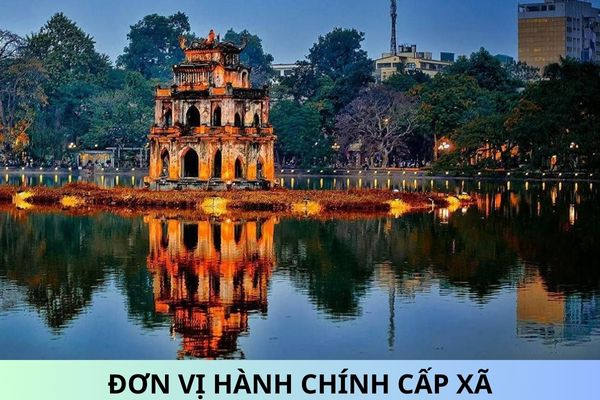
56 new commune-level administrative units of Hanoi after the reorganization of the 2023 - 2025 period (Image from the Internet)
What are types of commune-level administrative units in Vietnam?
Based on Article 3 of the Law on Organization of Local Government 2015 on the classification of administrative units:
Article 3. Classification of Administrative Units
- Classification of administrative units serves as a foundation for formulating socio-economic development policies, establishing the organizational structure, policies, and policies for local government officials relevant to each type of administrative unit.
- Classification of administrative units must be based on criteria such as population size, natural area, number of subordinate administrative units, level of socio-economic development, and the unique characteristics of each type of administrative unit in rural, urban, and island areas.
- Administrative units are classified as follows:
a) Hanoi City and Ho Chi Minh City are special-type provincial-level administrative units; other provincial-level administrative units are divided into three types: Type I, Type II, and Type III;
b) District-level administrative units are divided into three types: Type I, Type II, and Type III;
c) Commune-level administrative units are divided into three types: Type I, Type II, and Type III.
[...]
According to the above regulations, commune-level administrative units have three types: Type 1, Type 2, and Type 3.
What are principles of the organization and operation of local government in Vietnam?
According to Article 5 of the Law on Organization of Local Government 2015 on the principles of organization and operation of local government:
- Comply with the Constitution and the law, manage society by law; implement democratic centralism.
- Modern, transparent, serving the People, subject to the supervision of the People.
- The People's Council operates according to policies of meetings and decides by majority vote.
- The People's Committee operates according to policies of the collective People's Committee combined with the responsibility of the Chairman of the People's Committee.


